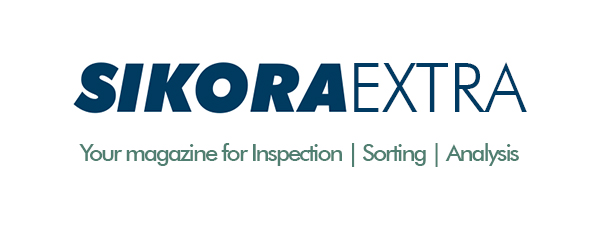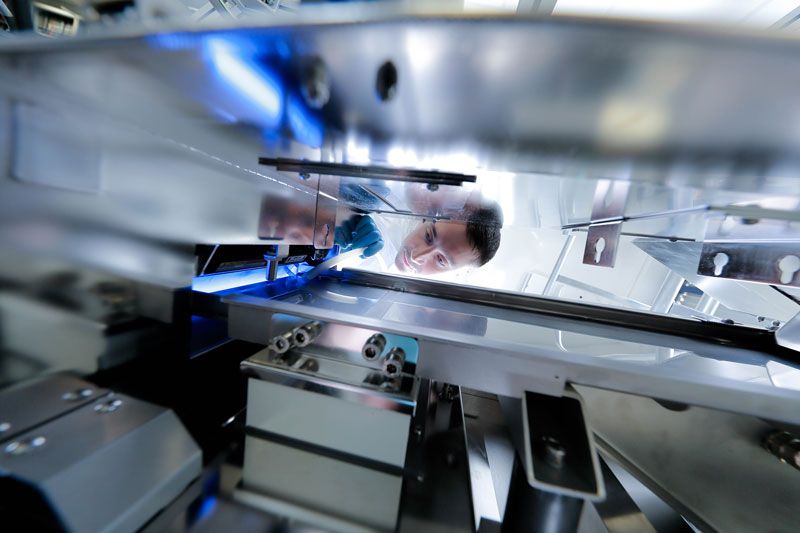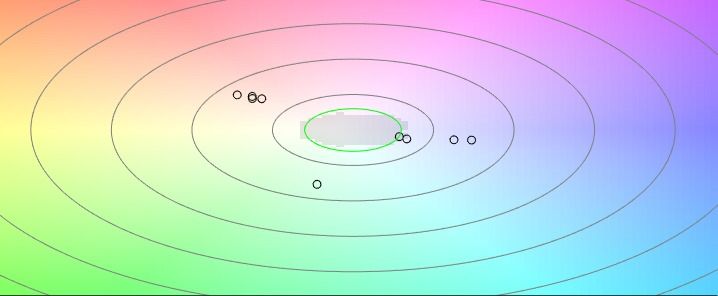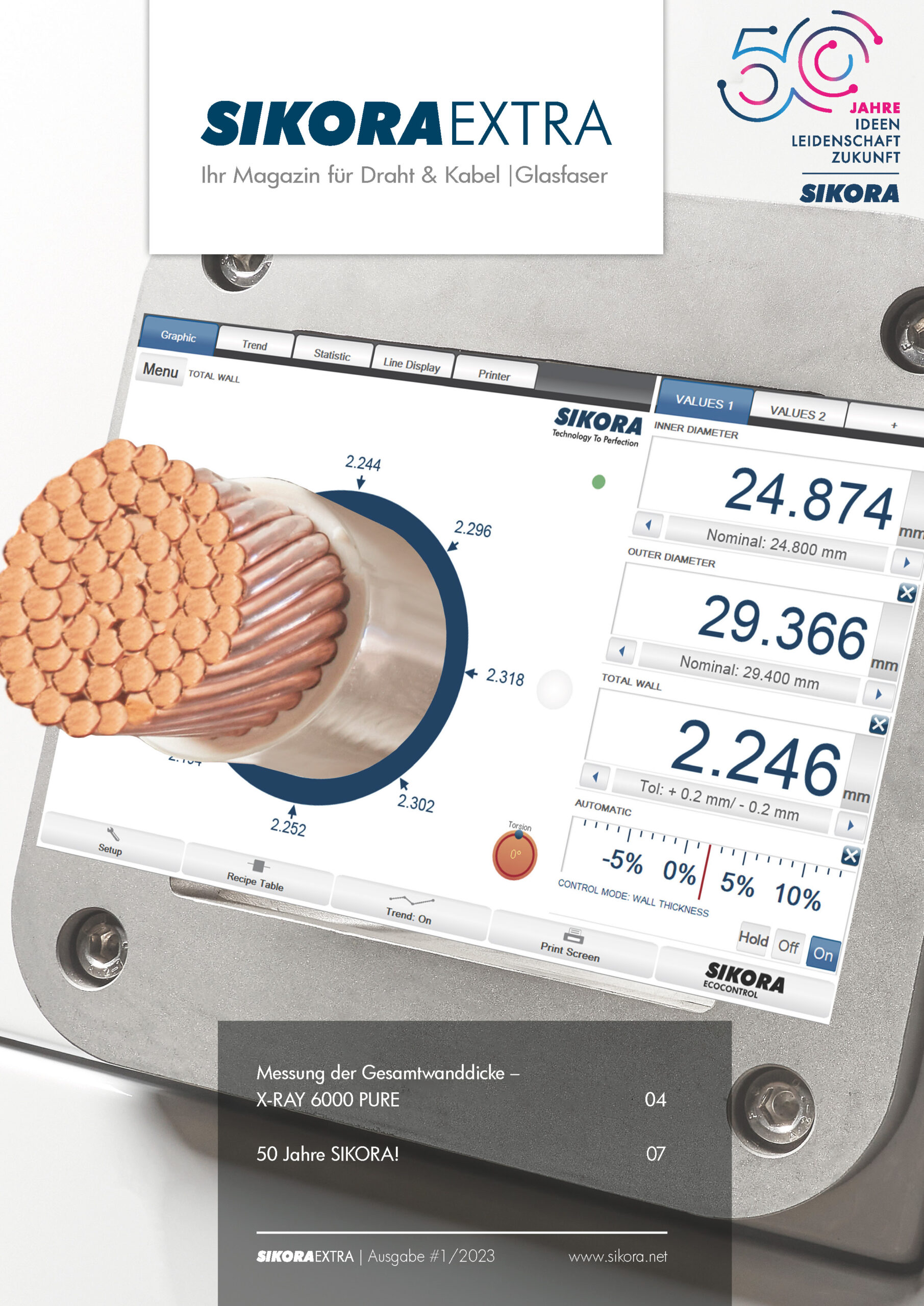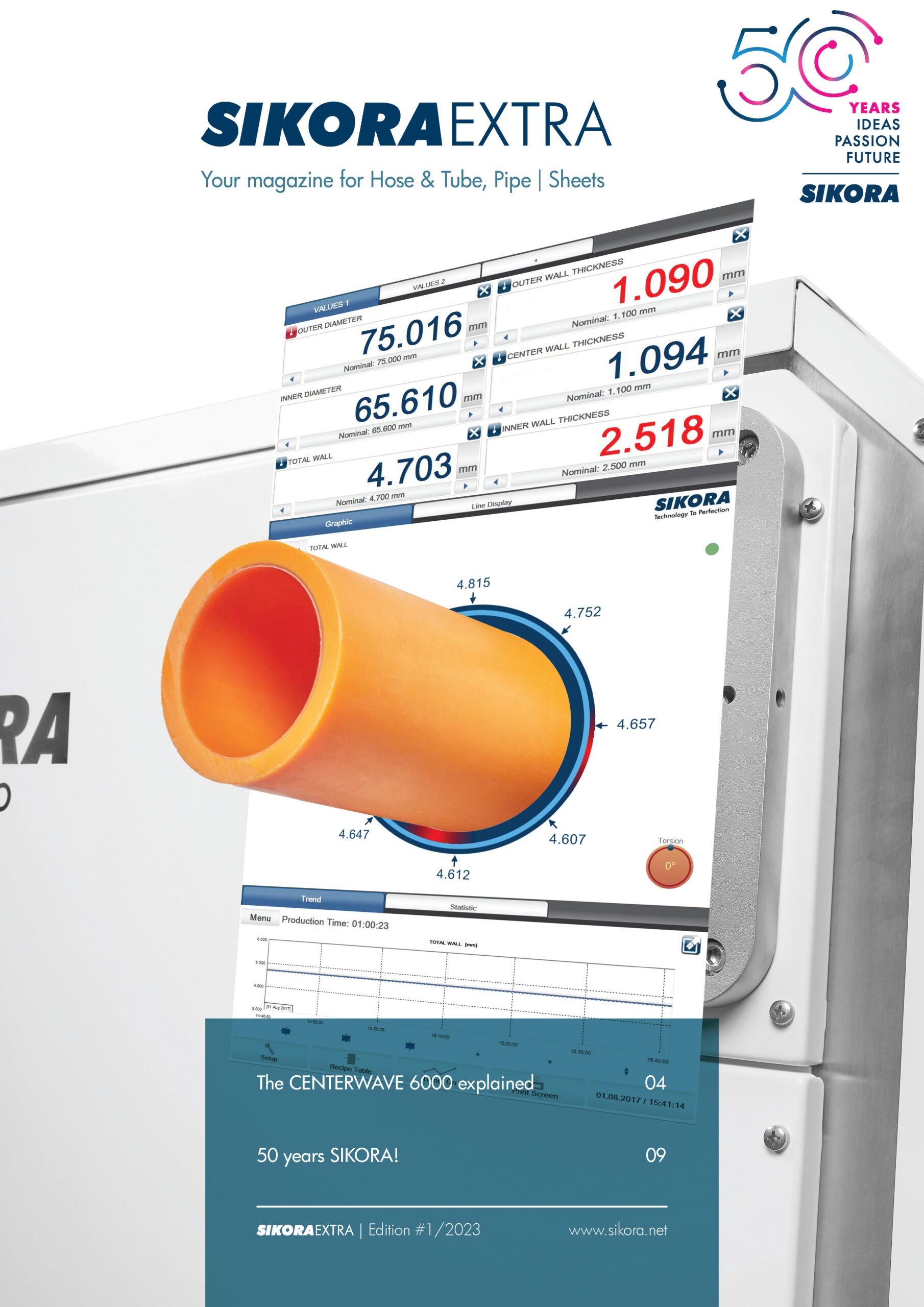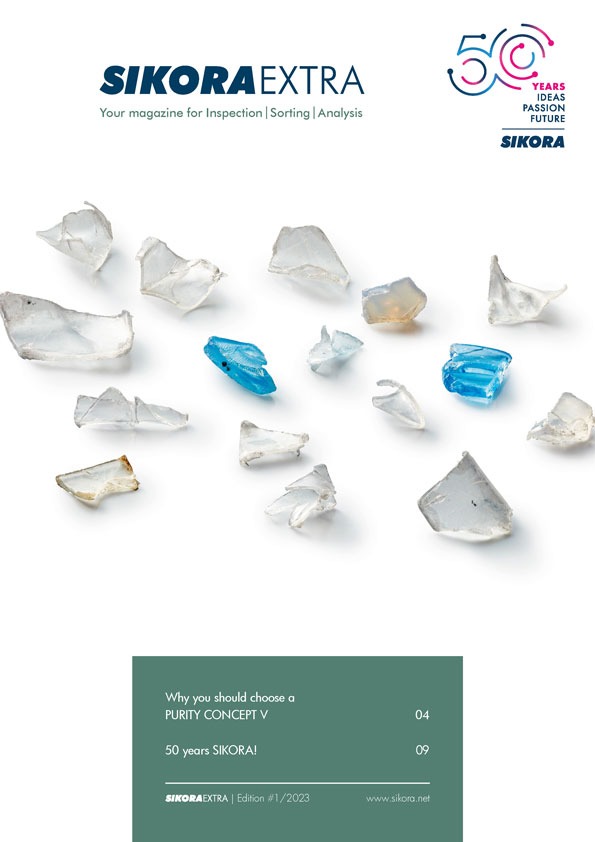Interview with Ralf Kulenkampff, Head of Sales Plastics SIKORA AG

Mr. Kulenkampff, you have been working for SIKORA since 2017. Since this year you are responsible for the business segment plastics. What do you like about your new job?
I am delighted to have taken over such a dynamic business area. For me, this is not a “new” area. We have been on the market since 2013 and have already made a name for ourselves with our inspection and sorting technologies. As a result, we have built up a solid customer base with whom we work in partnership and now not only implement initial projects, but increasingly also follow-up orders. The many applications of our our systems are fascinating. In addition, I see the technical advantages that our products offer our customers.
What solutions do you have for your customers?
We supply a complete package for both online applications and offline systems – depending on what the customer requires. Our portfolio includes an inline system, which combines X-ray and optical technologies to inspect plastic pellets of any kind and to sort out impurities. Furthermore, SIKORA offers two laboratory systems, e.g. for incoming goods inspection or for material release before delivery. Depending on the requirements, the customer can choose between an optical system, which detects black specks and color contamination and color deviations, or an X-ray based system, for metallic impurities in the pellets.
Are there any technological innovations that you would like to present to us?
Over the past years, we have grown with the different applications and customer requirements. This is made possible, for example, by the modular design of our inline inspection and sorting system. Depending on what needs to be detected, different camera types can be installed in the PURITY SCANNER ADVANCED. Due to the open exchange with customers, we have added another camera setting to the standard portfolio of the system. This allows us to offer three cameras that are directly aligned to look at a spot. With this setting, we achieve a high detection rate that has already proven itself with numerous customers.
That sounds interesting. And what does the customer gain from the higher detection rate?
A significantly higher detection rate makes it possible to detect more contaminants. With three cameras, you naturally see more and thus also have the chance to remove more contaminants from the material. Unfortunately, the 2-camera solutions currently on the market still leave a lot of room for “overlooking” contamination – this is always the case when the defective areas are outside the field of view of the installed cameras.
You also mentioned the laboratory testing. What solutions does SIKORA offer here?
Our PURITY CONCEPT Systems – especially the PURITY CONCEPT V offers many advantages as an all-rounder for small pellet quantities in the laboratory in the fast and simple detection of contamination. The automated light table detects typical contamination such as black specks on pellets. In addition, contamination and color deviations on test plates and flakes can also be displayed. In contrast to manual testing, which depends on the individual tester and his or her daily form, the system offers reproducible processes. These points alone make the system a valuable, reliable and fast aid for laboratories.
Herr Kulenkampff, thank you very much for the interview.

